Plant Based Meat Alternatives
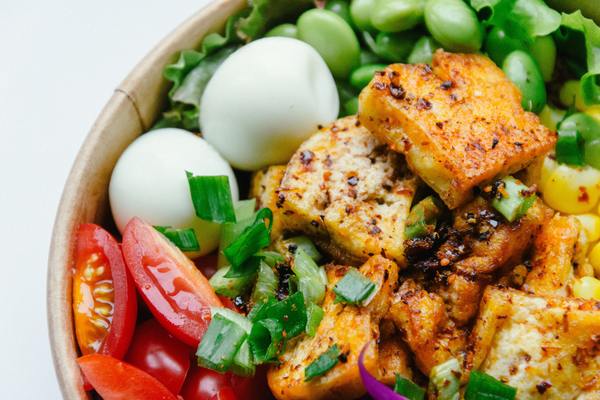
Everything you could possibly want to know about plant-based alternatives to meat
There are many reasons for incorporating meat alternatives into your meals and lifestyle. From health and wellbeing to environmental and animal rights issues.
That being said, there still seem to be quite a few myths that need to be busted when it comes to plant-based meats, also surrounded by scepticism from the meat-eating portion of the general public.
With this in mind, we thought we’d answer some of the most common questions on the topic and introduce some of the products that you’re bound to see on supermarket shelves in the coming months, if you haven’t already.
Are meat alternatives healthier?
This is a really good question, and one that plagues vegans, vegetarians and pescatarians the world over.
Products deriving from plants tend to be seen as healthier alternatives. In fact, many studies have shown that those who eat a plant-based diet feel much healthier and cleaner. The Coronavirus pandemic has also had a positive impact on lifestyle choices, with many people looking for meat alternatives thinking that they are the healthier option.
But like any product, it completely depends on how processed a particular product is, how many preservatives and additives have been used in production, and how a product should be cooked.
Direct comparisons of meat, fish or poultry products to their meat-free equivalents is not reliable as there isn’t a black and white answer. However, we can draw some conclusions by looking deeper at the nutritional content of animal and plant-based meats.
Let’s take a look at some data…
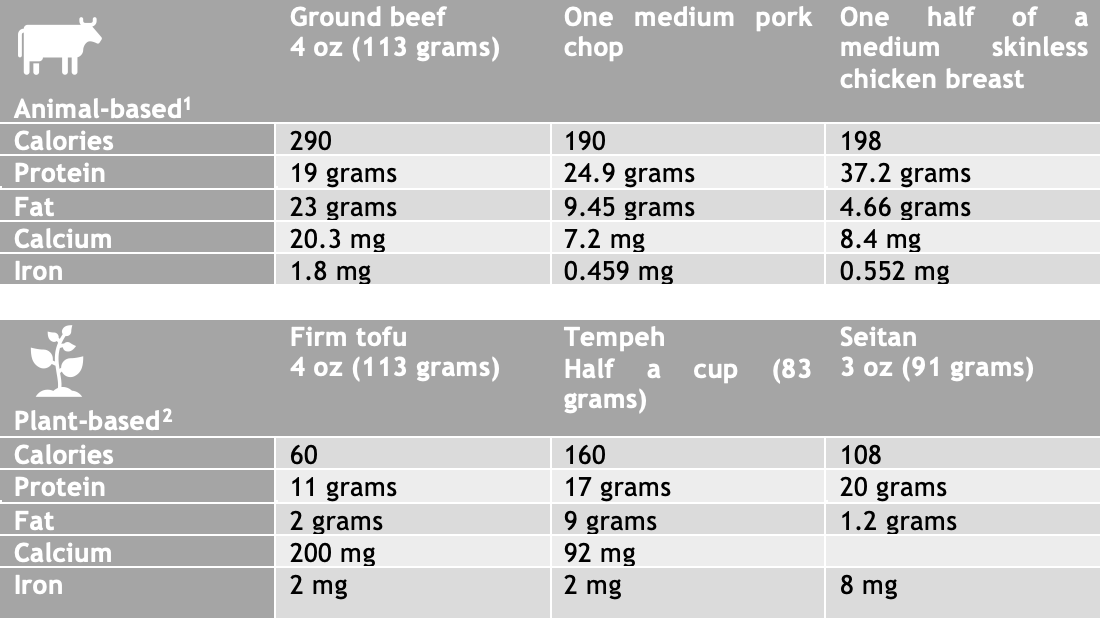
At first glance it would appear that the plant-based alternatives are “healthier” due to the low calorific and fat content, however, the amount of protein is also lower.
What’s important to remember here is that these values are based on raw, unprocessed, uncooked produce. Regardless of whether a product derives from a plant or an animal, the minute we start to add other ingredients, such as oil and marinades, and decide to fry instead of steam, we start to manipulate this nutritional value.
Let’s take a look at an example of two products from one brand, BirdsEye.
This table compares the nutritional value from their chicken-free burger, and their traditional chicken quarter pounder.
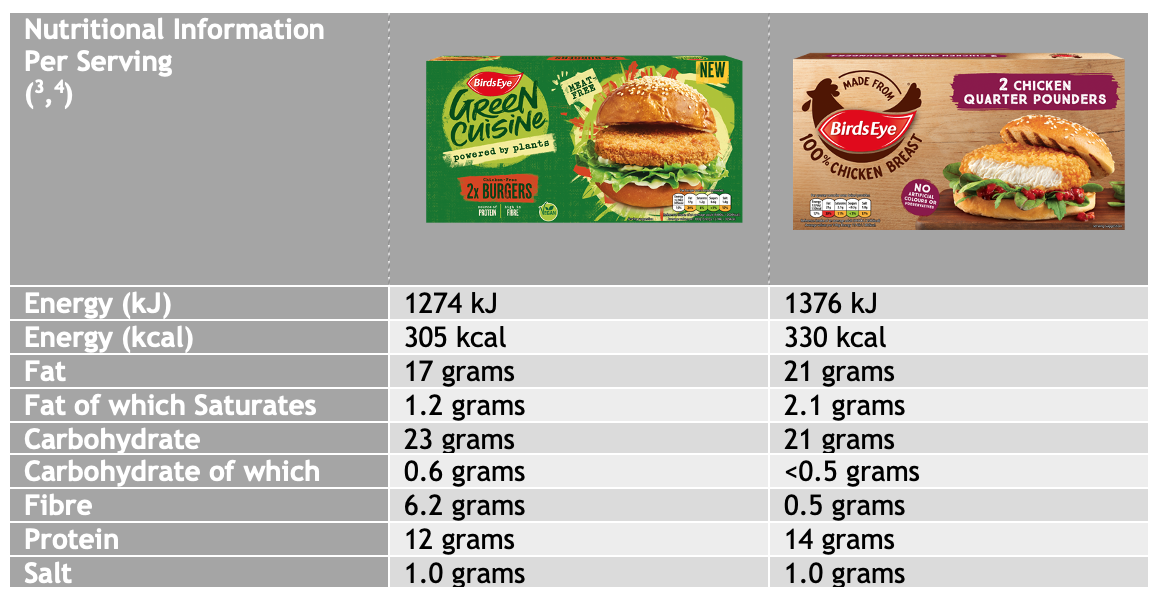
So, what are we trying to say here? When it comes to processed produce, like burgers, that are convenient and quick to cook, there isn’t a great difference in nutritional value.
What’s most important is choosing the right alternative product, and carefully reviewing the nutritional information on each pack.
If you’re looking to make a considerable change in your diet and want to get the best nutritional value from meat-free alternatives, you should look for alt-protein sources that are more natural in nature.
Where do vegans get protein from?
Pre-packaged products that imitate beef, chicken and pork may be the convenient choice when trying to reduce your animal meat intake, especially when substituting recipe ingredients. But there are so many other plant-proteins that are incredibly easy to get your hands on.
Let’s list a few now…
Due to the calorific value of many alt-proteins being lower than their animal equivalents, it means that you can consume slightly larger portions to bump up your protein intake, without the guilt of eating too many calories or too much fat.
Many non-vegans are shocked at how much protein is found in 100% natural products such as beans, lentils and the humble mushroom.
Combining these ingredients with plenty of green veggies, wholegrains, and healthy fats results in a well-balance diet that is of course the healthier option if we compare it to those heavily processed items, we see in supermarket freezers around the world.
What is Tempeh?
Tempeh, pronounced “tem-pay”, originates from Indonesia and is made from crushed and fermented soybeans.

The beans are pressed to form a solid block which is firm and dry in texture. The beans are also fermented giving tempeh its distinct flavour.
It has a savoury, nutty flavour which is often compared to the taste of wild mushrooms, however, like many alt-meats, it is able to take on other flavours.
Tempeh can be bought in its most neutral state without any additional flavours or marinades, which is great for those looking to incorporate it into their own recipes. Or it can also be bought pre-flavoured.
There are several brands offering tempeh bacon, sausage and ribs for quick and easy dinners. This is a great way for less adventurous cooks to give tempeh a go.
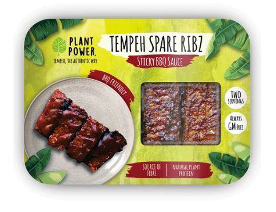
What is Seitan Made From?
The base ingredient in seitan is vital wheat gluten. When the starch is washed away from flour it leaves behind mainly gluten which can then be used to create high-protein meat-free products.

By combining vital wheat gluten with vegetable stock, soy sauce, herbs and spices, you are able to make products that are not only closer to animal products in texture, but also in taste.
Consumers can by vital wheat gluten online or from health food stores and can easily make their own seitan products at home, but there are now many pre-made options readily available in both supermarkets and fast-food outlets.
What’s great about seitan is its high protein and non-haem iron levels, and low-fat content. There is around 75 grams of protein in one palm-sized portion of seitan, which is more than the daily recommended allowance for most adults.
This is also helped by the cooking process. Seitan is first boiled or steamed, followed by marination, and finally either frying, roasting or baking. It’s also great on a barbecue!
It is important to note here that seitan cannot be eaten by those diagnosed with coeliac disorder, or any other wheat intolerances, so if you cannot eat gluten for any of these reasons you should stick to other alt-proteins.
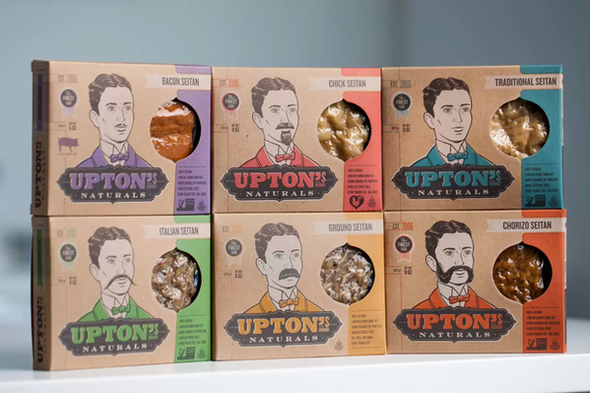
How Can I Make Tofu Taste Good?
Let’s be honest, tofu scares a lot of people! The texture is weird, it doesn’t taste of anything, and it certainly isn’t fooling anyone when it comes to being an alternative to meat.
What’s great about tofu is that it’s 100% plant-based, protein rich, low in fat, low in carbohydrates, low in calories, and is lactose free.
Tofu is made from curdled soy milk and then pressed to varying degrees in order to be used in different ways as part of the cooking process.
This is often where consumers go wrong, because they do not know which tofu is which, and how it should be used. So, let’s take a look now.
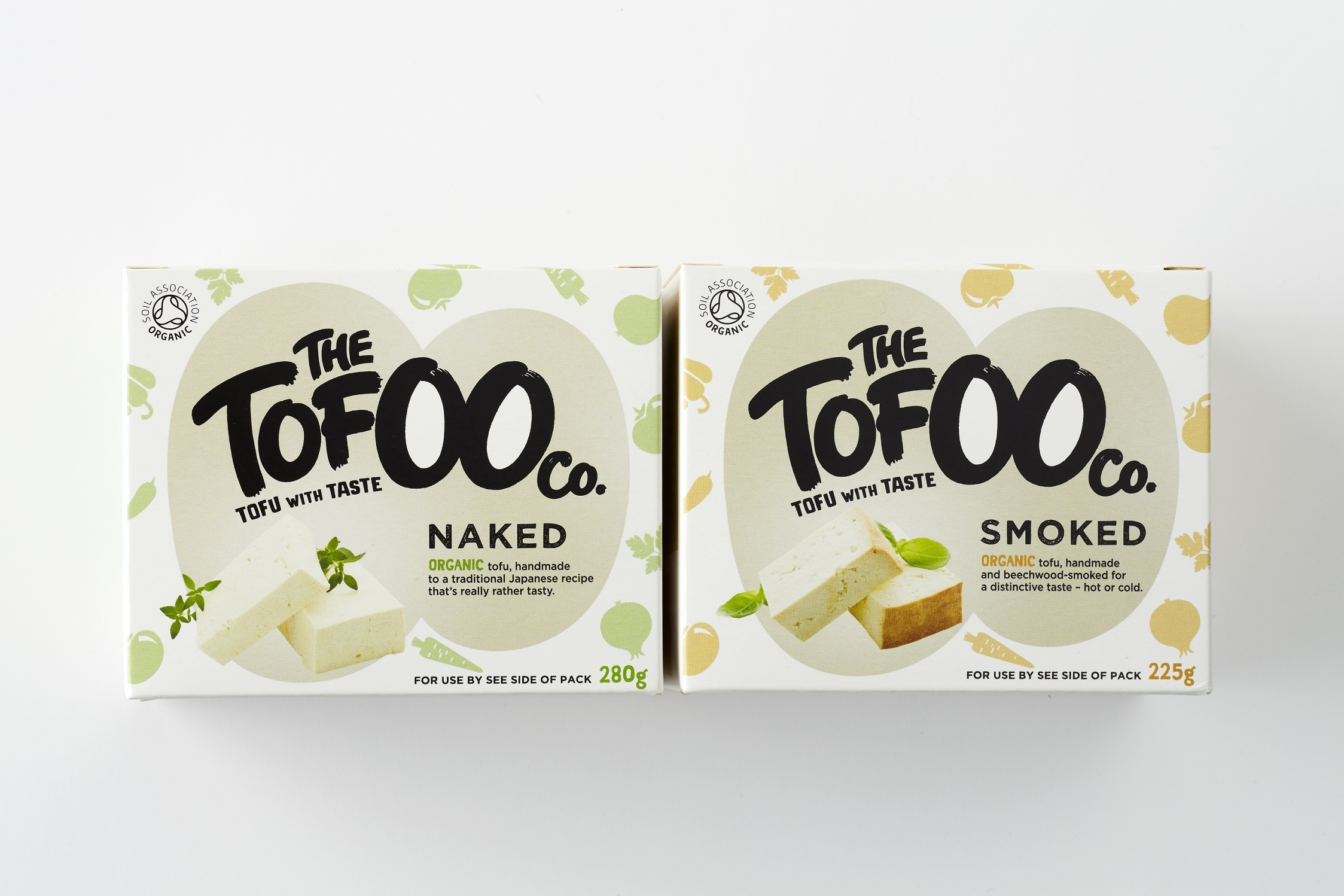
The image below, provided by Tofupedia[1], illustrates the five most common forms of tofu. Working from left-to-right, the higher the water content in each.

Super firm and extra firm tofu has been heavily pressed for a long time, meaning little to no water content. These forms are great for recipes like tofu burgers, steaks, kebabs and in stir fried dishes. Because they have been heavily pressed, it can be difficult to get flavour back into the product so pre-marinated or smoked firm tofu is a great way to get flavourful, protein rich ingredients into your diet.
At the other end of the spectrum is silken tofu. This smooth and creamy form of tofu can be used in both sweet and savoury dishes due to its higher water content. Recipes to try silken tofu in include non-dairy cheesecakes, tarts and pies, and scrambled tofu or in sauces like cashew mac and cheese. Delicious!
Like tempeh and seitan, tofu only tastes as good as what it is prepared in or with. Once you’ve cracked the right format and texture of the tofu you need, then you can be as experimental as you want when it comes to flavour.
Do Vegans Eat Fish?
No, vegans do not eat fish. However, there are a number of fish-alternatives now on the market.
Typical base ingredients for alternative fish products include firm tofu, seitan and curdlan gum. As well as jackfruit and banana blossom.
No, vegans do not eat fish. However, there are a number of fish-alternatives now on the market.
Typical base ingredients for alternative fish products include firm tofu, seitan and curdlan gum. As well as jackfruit and banana blossom.
Of course, like any alternative to an animal product, be sure to check out the nutritional information on pre-processed products.

More natural products like jackfruit and banana blossom are great replacements for white fish in fishcakes and fish and chips, due to their stringy and flaky texture. When combined with nori (seaweed) they take on the taste of the sea but do tend to be a bit wetter that other alt-products, so bear that in mind when choosing these types of products.
If you want to find out more about alternative fish products, then check out this great introductory article from Proveg International.
Where do vegans get their vitamins and minerals from?
Like protein, vegans are often asked where they get their key vitamins and minerals from, but you’d probably be surprised at the number of meat-eaters who are also lacking in the same nutrients.
Of course, there are many vegan-friendly multivitamins out there, but the majority of the vital nutrients we all need in our diets come from good old plants.
The table below highlights the main vitamins and minerals that vegans do tend to have lower quantities of, alongside some of the easiest ways to boost their intake.
| Vitamins and Minerals | Where to find them |
| Vitamin B12 | Fortified products such as nut milks, vegan spreads, vegan yoghurts and breakfast cereals are a good way to get B12 into your diet.
Other popular products are nutritional yeast flakes and yeast extracts. |
| Omega 3 and 6 | Since Omega 3 and 6 fats are highly concentrated in fish products, vegans have to look for these nutrients in other ways.
Hemp seeds, pumpkin seeds, sunflower seeds, walnuts, chia seeds, ground linseed, and rapeseed oil are quick and easy ways to boost those levels. There are also a number of algae-based supplements on the market. |
| Calcium | It can be difficult to get high levels of calcium into your diet if you’re a vegan.
Again, fortified products like calcium-set tofu, plant milks and yoghurts, and linseed bread are a few ways to increase those levels. And of course, more natural sources include kale, watercress, okra, tahini, dried figs, haricot beans and almonds. |
| Vitamin D | Other than through those all-important sunrays, it can be difficult, especially in the winter months, to get the right amount of vitamin D.
Vegan supplements can help here as long as they are either vitamin D2 or vitamin D3 that is derived from lichen. Be careful with vitamin D3 as sometimes it can be derived from an animal source like sheep’s wool. |
| Iodine | Apart from seaweed, plants tend to contain very small amounts of iodine meaning that a supplement is the most reliable way to meet the right iodine levels. |
| Selenium | Like iodine, selenium can often be difficult to find in the right quantities.
Brazil nuts are a source of selenium, but the content is variable so taking a supplement might be more reliable. |
| Iron | Iron is found in a variety of seeds, pulses and veggies, including lentils, chickpeas, tofu, cashew nuts, ground linseed, kale, dried apricots, raisins and quinoa.
Since vitamin C helps to increase iron absorption, combining a source of iron with something high in vitamin C, like broccoli, cabbage, sprouts, kiwifruit, oranges and pineapple, can boost your iron levels. |
| Zinc | Like iron, zinc can be found in a wide range of beans, pulses, nuts and seeds. |
| Vitamin K | Like vitamin C, vitamin K1 is found in sprouts, cabbage, kale, broccoli, spinach, spring greens, spring onions and kiwi fruit. |
| Vitamin A | Vitamin A is found in fruits and vegetables high in carotenoids such as sweet potato, butternut squash, carrot or spinach. Whilst eating dried apricots, kale, cantaloupe melon and spring greens will also boost your vitamin levels. |
Are meat alternatives better for the environment?
It’s no secret that the beef industry generates huge amounts of greenhouse gas emissions, uses a ridiculous amount of water and energy, and needs acres and acres of land.
A study conducted by the University of Michigan[1], which compared the environmental impact of the meat-free Beyond Burger™ and a traditional beef burger, found the following results:
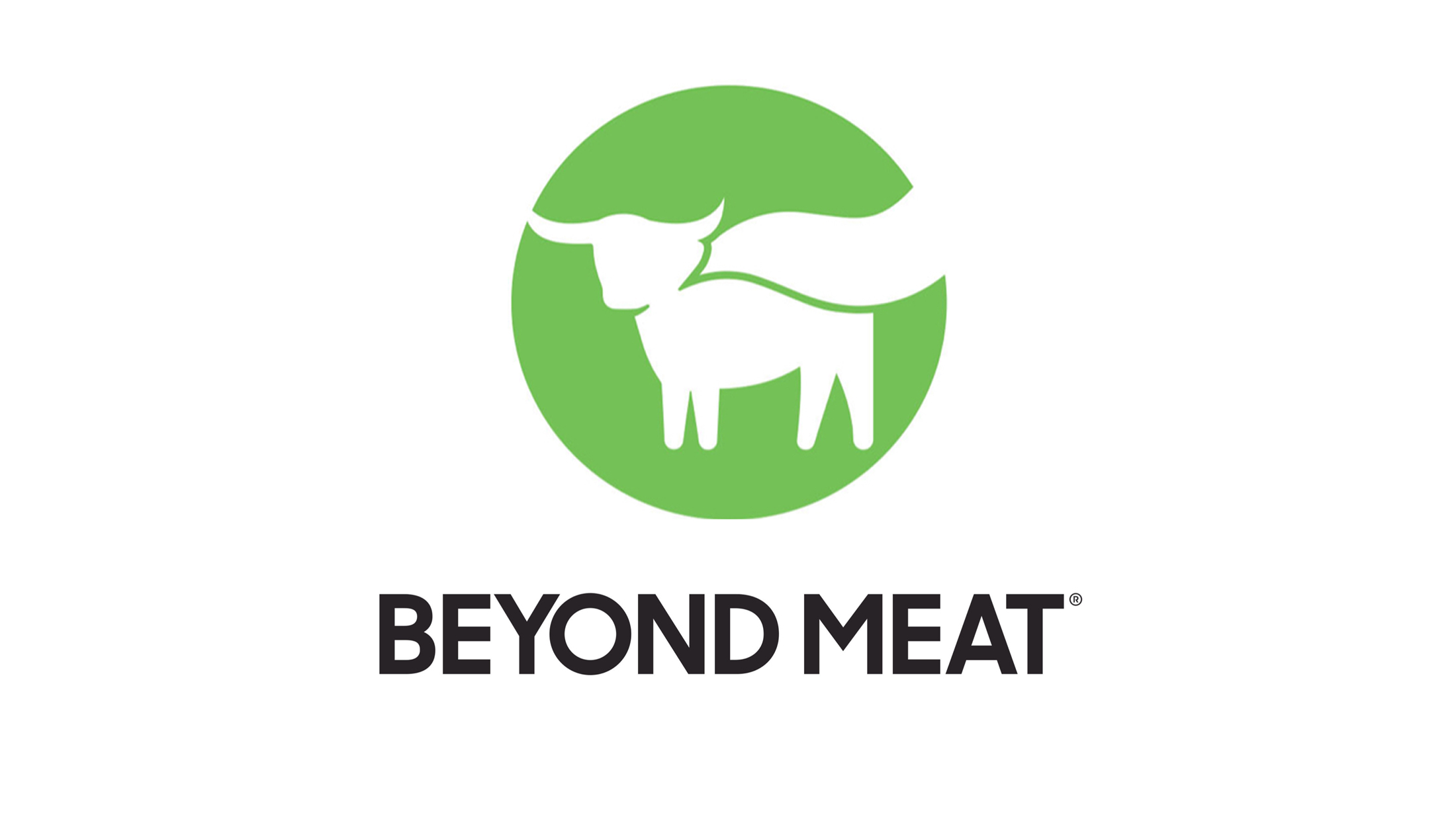
Overall, plant-based production methods look to be better for the environment when compared to beef production, however, as the demand for alt-proteins increases and companies need to scale up production, we will need to conduct additional studies to truly understand the environmental impact of such manufacturing processes.
How can I find out more about plant-based products?
Your first stop should be your local supermarket. You many have walked past plant-based products and alt-proteins hundreds of times, without realising.
Supermarkets are the number one way for brands to get their products in front of consumers and the number of meat alternatives on shelves is at an all-time high, particularly in the UK.
If you want to find out more about global vegan trends and up and coming brands, then check out some of our resources at the links below.

